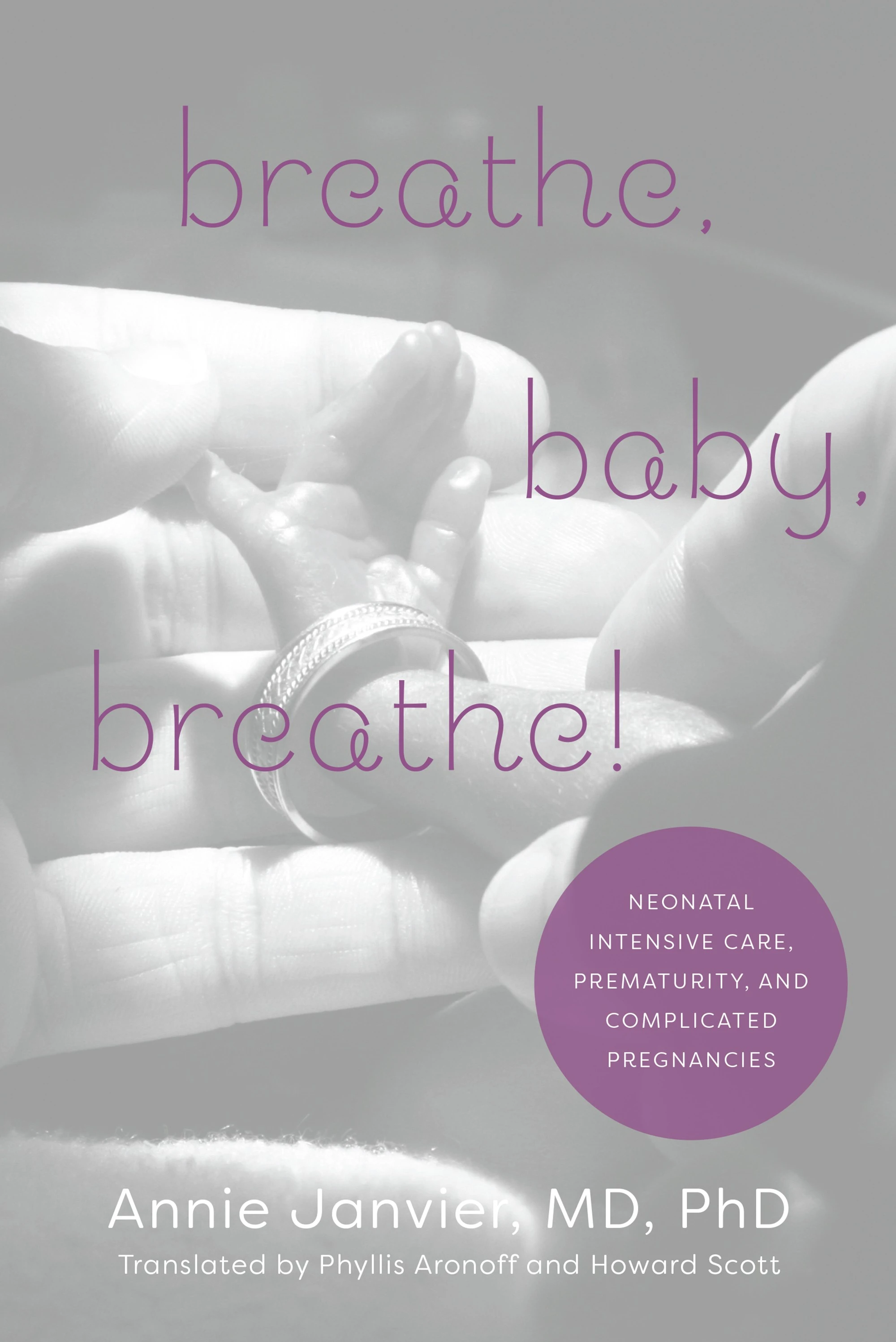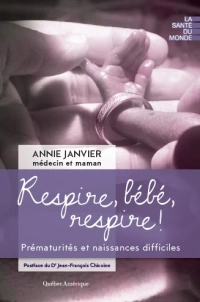This is the sort of systematic review that I find really helpful. Some (including some of my own) end up finding little good evidence, and summarizing the results of only one or 2 small trials. That may help to point out the lack of evidence, and to stimulate future trials, but doesn’t often give enough information to really inform practice, and individual treatment decisions.
In contrast, this review includes a significant number of trials, some with respectable sample sizes, and ends up finding significant differences between some of the surfactants that are available.
The review divides the surfactants into the following:
bovine lung lavage surfactant extract, which includes Infasurf, bLES (the Canadian one) and Alveofact
bovine minced lung surfactant extract, which includes Survanta and Surfacten (the old surfactant TA, the Japanese one)
porcine minced lung surfactant extract, which I know as Curosurf,
porcine lung lavage surfactant, which is apparently called Surfacen.
The authors searched for all the comparisons that had been studied.
Most of the comparisons showed no difference in important clinical outcomes, (although some comparisons had relatively little power,) for example, bovine minced lung and bovine lung lavage surfactants were basically equivalent for all the outcomes. This was true both for prophylactic use and for rescue use.
The comparison that did show different effects was the comparison between minced bovine lung, and minced porcine lung (that is between Survanta and Curosurf), these were all rescue/treatment trials: The first outcome was mortality.
As you can see the studies are all fairly small, and individually do not show a difference, that is always a bit of a worry, as multiple small studies can inflate an effect. Nevertheless, the summary effect shows higher mortality with the bovine minced lung preparations than the porcine surfactants.
The next outcome is ‘BPD’ or oxygen requirement at 36 weeks.
Here there is no sign of a difference, when the outcome is expressed as a proportion of those who were enrolled into the study.
The authors of the review also present the outcome “death or BPD” which, as those of you who were at my talk in Baltimore know, I think is not an appropriate composite outcome, and those who were at the International Neonatal Collaboration INC meeting in Bethesda recently know that many of the leaders in the field are of the same opinion. The outcomes of death and BPD have different value for parents (and for society as a whole) and may not change in the same direction. I think the outcomes of Death as one outcome, and BPD as a separate outcome among surviving infants, make much more sense. Unfortunately you can’t always tell from data as presented, but, in this case, if we make the probably unsafe, but probably not very wrong, assumption that all the deaths were before 36 weeks, then you can estimate the BPD among survivors. You come up with a relative risk of exactly 1.0, (95% CI 0.85, 1.18).
So overall it seems that porcine minced surfactant leads to more survivors, but the same proportion of BPD (that is O2 requirement at 36 weeks) among surviving infants.
As I mentioned, the confidence intervals are wide, and there are several small studies, but despite these concerns, there are relatively fewer deaths with porcine surfactant, with a risk difference of 0.05 and an NNT, for one fewer death, of 20. These data suggest therefore, that if you treat 20 babies with poractant rather than a minced bovine lung preparation, there would be one more survivor.
Also there are substantially fewer babies who need a second treatment.
The NNT here is 7, which means that for every 7 babies you treat, one extra baby will need a second dose. (In the babies in the review, a second dose was required for about 40% of the bovine and about 25% of the porcine treated).
Pneumothoraces were a bit less frequent with porcine, maybe due to chance, and if all airleak syndromes were put together, there were fewer airleaks with porcine.
For the other comparison which is of specific interest to me, that is minced bovine lung to bovine lung lavage surfactants, almost all of the data comes from the trials of Bloom which compared calfactant (Infasurf) to beractant (Survanta). Neither the prophylactic nor rescue trials showed any differences.
The manufacturers will I am sure moan that not all the surfactants within each of these groups are identical, and indeed there are some differences in the details. Calfactant, for example has around twice as much Surfactant Protein B and C compared to bLES. But there is almost no comparative data available for bLES.
Why is the porcine preparation better, that is it works faster, leads to fewer airleaks and has lower mortality?
The studies generally used the manufacturers recommended dose, which is higher for poractant than for the bovine preparations. That may be the only reason, I am not sure about that, but in any case poractant alpha is concentrated enough that the higher initial dose is easily tolerated, whereas it would mean quite large fluid volumes for the other preparations.
In Canada we are still waiting for Curosurf. It has been approved, over a year ago, but is still not being marketed. Come on Chiesi! We are waiting…












I missed the authorisation of Curosurf in Canada. Was that a special access programme approval?
No, it was approved in the normal way last year, but Chiesi haven’t yet started to market it.